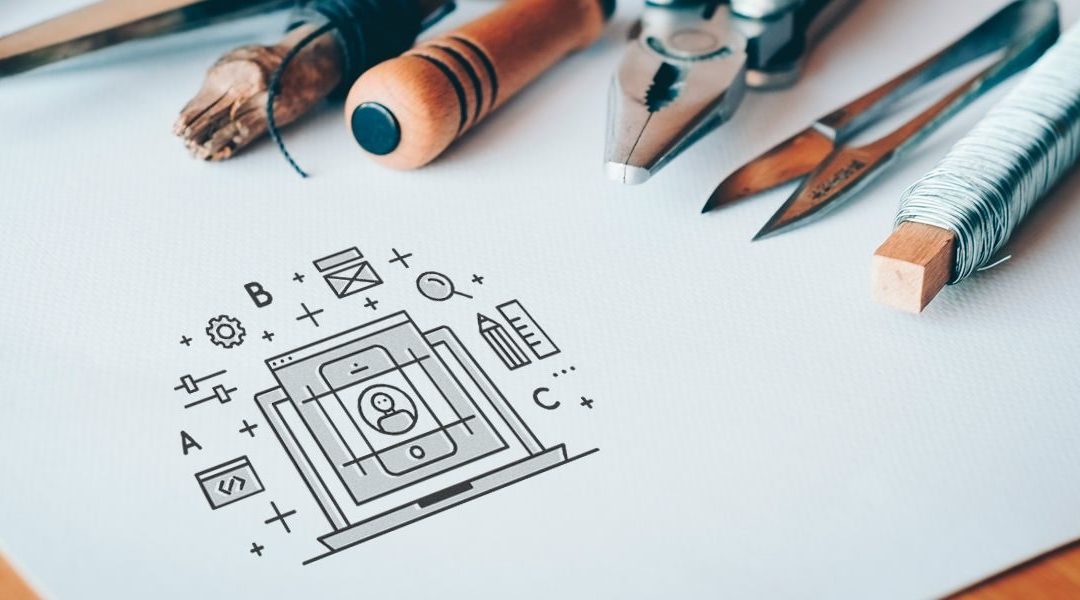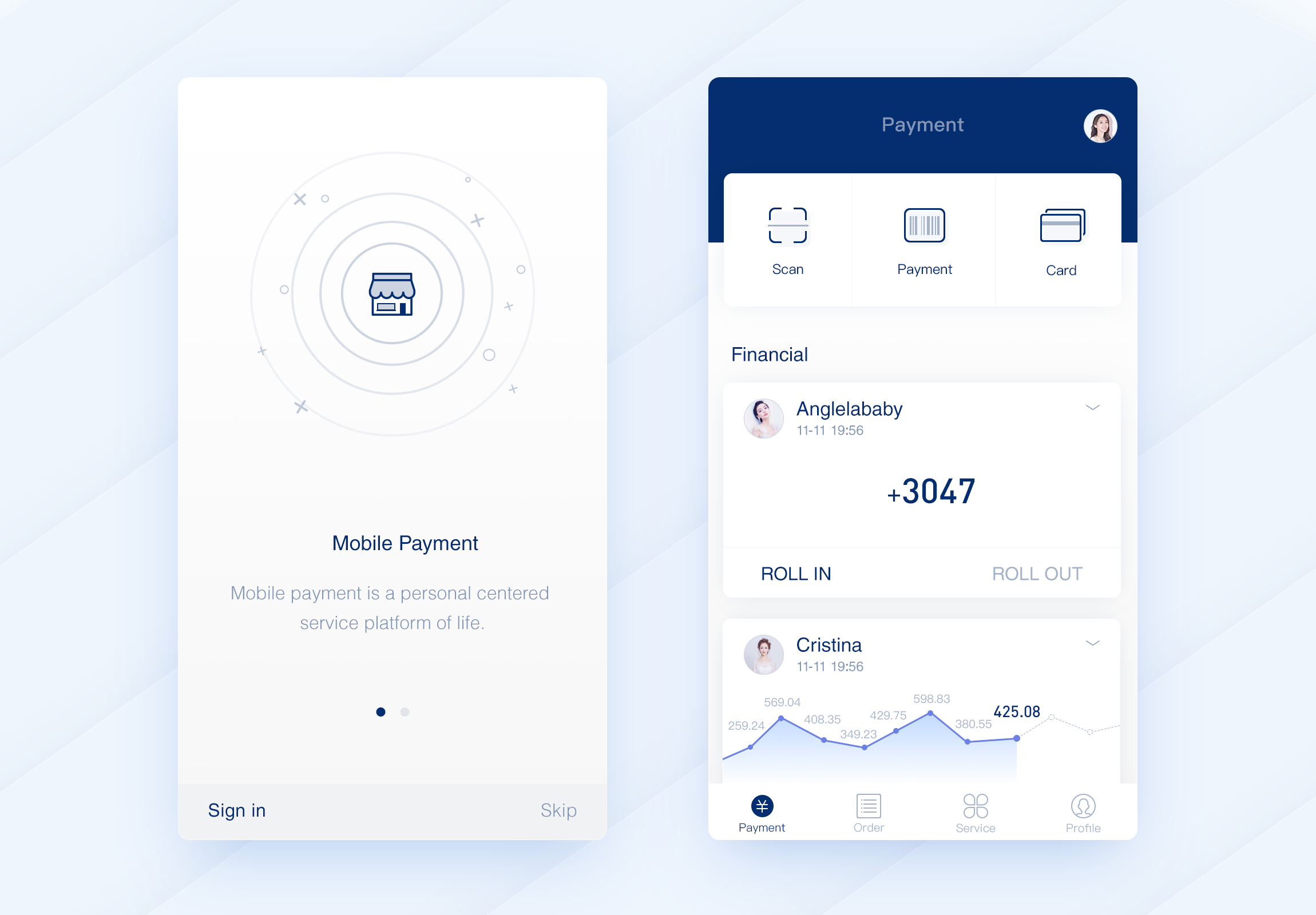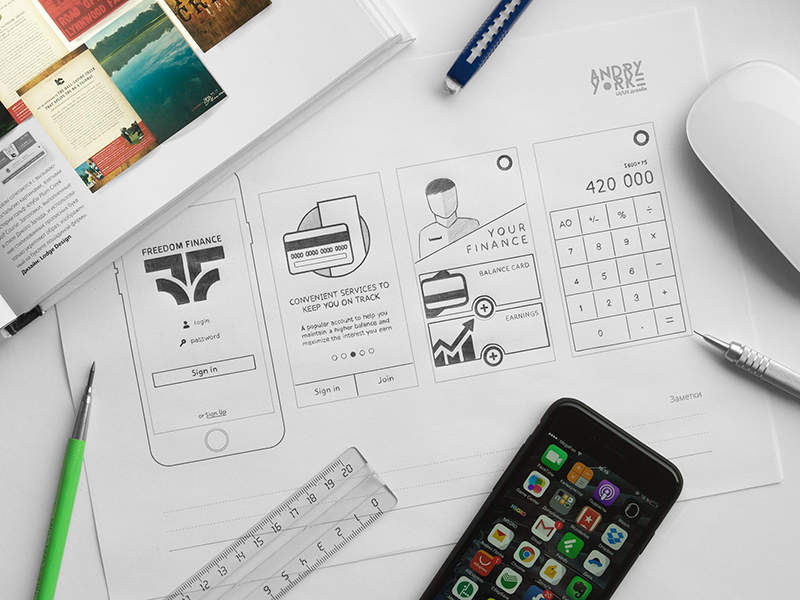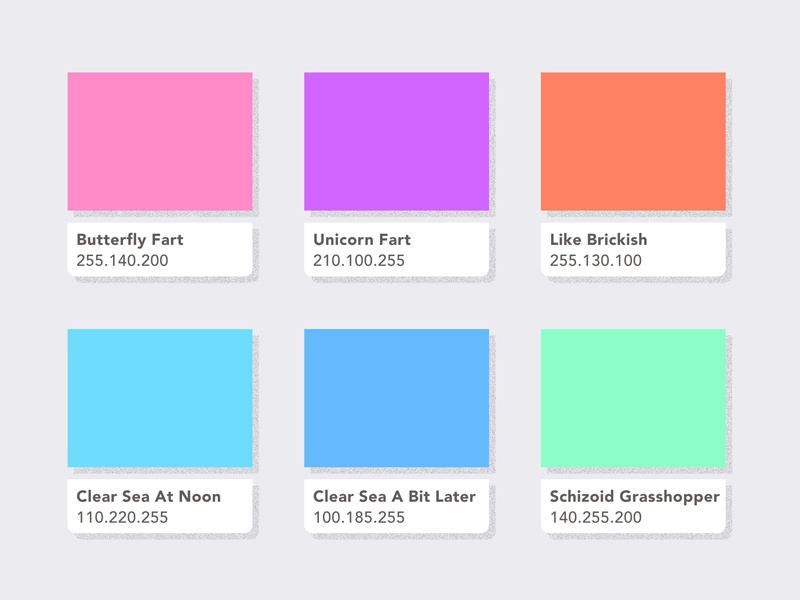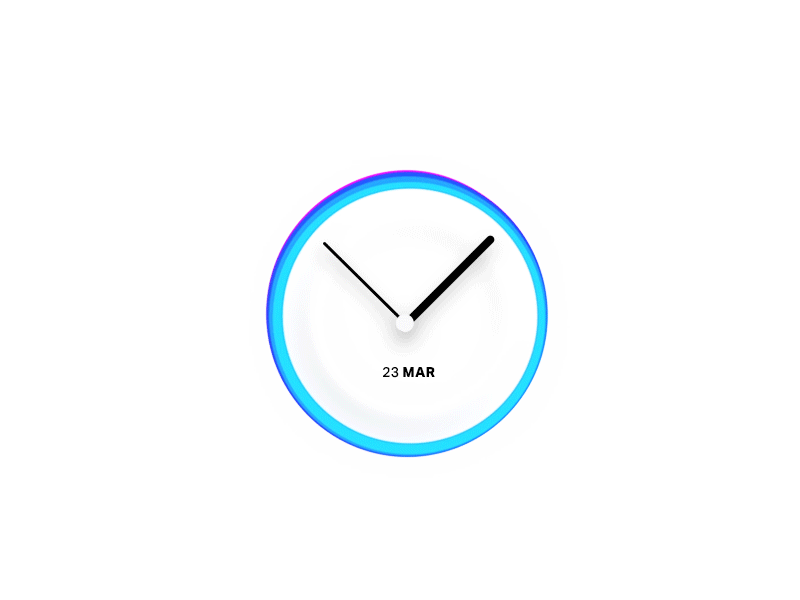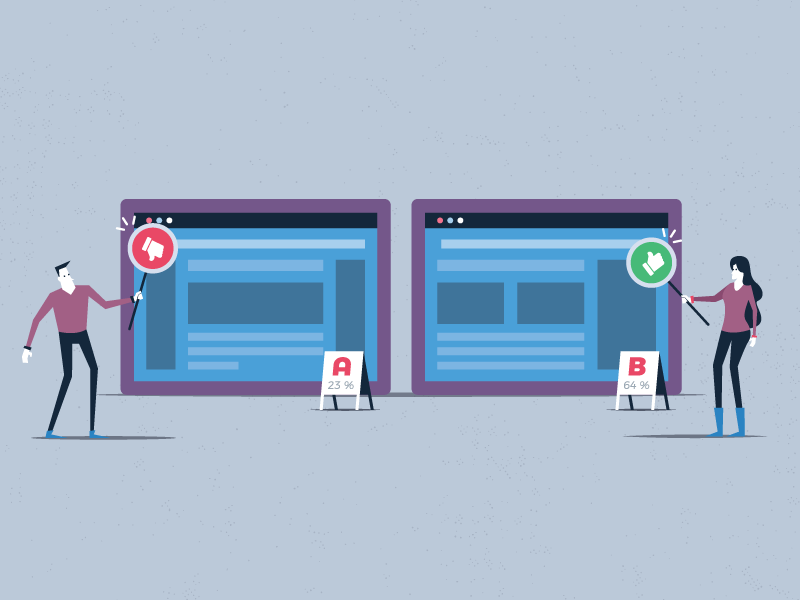When it comes to UI/UX, there can never be a full stop to creativity. There is always a scope for more. Something novel. Something refreshing. Your skills can never be ‘perfect’. The reason is you might be good, no excellent today, but what matters is how fast you progress tomorrow, how well you polish your skills.
The best way to improve designing is to keep exploring with new projects at hand and also by hiring other designers from UI/UX field, so as to have constant interaction and feedback about the design created.
Designers can never be stagnant with UI/UX designing. They must spend real time polishing their skills as they simply can’t assume that the presentation skills will meet the future demands. Remember, change has become the need of the hour and there is no way you can shut your eyes to innovation. In this piece, we will get you to a pro designer mode by telling some ways to refine your skills. So, let’s get started-
1. Make Way For Mobile Devices
Designers tend to make just one framework for both mobile and desktop devices. It is always better to work on separate versions. Let there be different user experiences for different environments. With mobile devices in high demand these days, you ought to have an optimized design module with bigger text, fewer elements, adaptable input zoning and other specialized features.
As there may be a difference in size of screens, even in demands and usage of customers, it is advisable to keep all the limitations in mind while designing. One way is to break each task into smaller portions and then focus each task into one particular process. Make sure to study the user behavior and surrounding environment before going for the designing procedure.
2. Sketch, Sketch, Sketch
Whenever you have time pick up a pen and paper and start sketching. This will help you to enhance your skills as through sketching you can express your ideas coherently and structure your design easily by focusing on every detail given by the client. Give outlet to all your ideas on paper as it helps you to bring out the best design and ultimately awesome UI/UX.
3. Do Research
Without knowing the demographic details, needs, and requirements of your target audience, you can never foresee the features of a good design. Of course, a restaurant’s page will be quite different from that of an educational institution, isn’t it?
Always do some research and plan what all elements will be on display after that run a mock up to see if your imagination properly gave way to its creative form. This is a great tip to get you going.
4. Sharpen Your Vocabulary
Technical terms used in UX design aren’t that common. Technical jargons like heuristics or phenomenology sound alien and people don’t even bother much about them. UX team is fairly acquainted with these words but for rest of the organization, they are difficult to understand.
Clients are the major stakeholders in every project. You must use their language whenever you communicate with them else you will leave a gap and not establish a strong connection.
5. Revive Your Lessons
If you have already undertaken quite a number of UX projects in the past, chances are that you must have gathered a lot of insights and lessons from those projects. How often do you brush up your memory and revive what you have learned? Yes, not very often.
Performance can be enhanced by regularly reviewing those projects. Refresh the points that you gathered at that time. Compare what you were doing then and what you’re not doing now. Extract relevant information that can be put to use in your current projects. This whole process will prove very profitable for your business as you can track your progress and move ahead.
6. Break Free
This is an excellent approach for UX designers to refresh themselves and refine their skills. Take a break from user experience design domain completely. Perform some requirements capture work or assist the product development team. You can even try software development.
This can solve two purposes, first to give you a breath of fresh air and second to make you value other members of your team. The stronger the understanding with other parts of the team, the better are the chances of working with them in the future.
7. Spot Good Designs
If you want to create super designs, you must learn to identify a good design from a bad one. This talent usually comes with experience. The more professional you are as a designer, the faster you can evaluate good traits in a design.
Train yourself to develop this valuable skill. The best way is to start browsing design projects every day. Go through the latest design showcases and examine the masterpieces of other talented and experienced designers. Ask yourself- ‘What makes the design class apart?’ Make a comparison of typical design elements like navigation bars, search fields, and buttons etc.
Try to interpret the logic behind the designer’s selection. Then sketch your ideas as often as you can. Just like building muscle requires consistent training, similarly, you need to work on your ability to spot great designs. This is not an innate quality; you got to learn it yourself.
8. Experiment More
Create a space where you can experiment. A good way to start can be a website or some other personal projects like a blog or an app. Just consider it as an experiment and don’t restrain yourself in using bold layouts or colors.
Don’t go after the first idea that comes to your mind. This is your zone with your choice. Unleash your creativity. If there aren’t any personal projects, come up with a fake one and assume you are doing a project for someone.
If you are a novice, these fake tasks can prove to be really helpful to strengthen your portfolio and to add more frills to your achievements.
9. Share Your Knowledge
This is an important step in your journey. You might think that it’s too early to teach someone as you are yourself new to the field, but sharing your knowledge, whichever stage you are in, is always the best thing to do.
Teaching other people is a great method to learn also. By writing articles, you can sort out your thoughts and analyze the knowledge you have attained so far. It is governed by research and examples which will make you delve deeper into the subject.
A blog can be a good source that you can create, only if you feel that you are ready for it.
10. Go For a UX Audit
Be it any role in an organization, we are always busy doing things. We are allotted projects; we work on them, communicate the results and then start the cycle again.
We don’t reflect what went wrong with our projects. That is where the problem lies. We make flaws and then without sorting them, repeat these problems over and over again.
Sometimes it is good to keep the work aside, organize a meeting with the UX team, evaluate the level of work you deliver and then make changes according to the answers.
Think about productivity, objectives of the organization, level of efficiency and output and business growth.
11. Use New Tools
Learning about new tools makes you technologically advanced. Your career can benefit a lot from this, but more importantly, it can polish your skills to a great extent.
Select a new wireframing package to experiment with i.e. bring into work an innovative process of designing wireframes which will broaden your outlook in building wireframes.
There is always a chance to learn some value points even if you choose to go back to your original package.
12. Colour Code
Yes, this is another skill that will take you back to the Art class but is of great importance if you want to be an extraordinary UI and UX designer.
By using a compatible combination of colors, you can make a particular element stand out; go for some contrast and follow the flow of attention. If used effectively with block grid elements, coloration can determine to a great extent how your design will be perceived. Remember, better visuals, more money.
13. Attractive Design Elements
Pay attention to white spaces, line, and animation as these can take your design to a different league altogether. Designers generally take these elements lightly and then realize their importance the hard way.
By using white space often along with animated elements and line, you can highlight the components. These features will give a sleek look to your design.
14. Testing For Errors
Every UI/UX designer should go for testing. A/B testing is the best method to deliver high performing designs, but if you are short of time then ask others to find errors for you.
This will rectify major errors which sometimes aren’t visible to you. Once the feedback is in your hands, it’s important to analyze and work on the feedback to give a powerful product.
15. Clear Communication
A UX designer should have proper command in communicating at all levels. Not just design in particular, but every individual who has a say in the final layout.
Talk in the language your client understands rather than using technical terms. One must convey the concept behind the design of a particular product and the reason for going with such a design.
The explanations should be logical and perceptive as good communication is an essential attribute that a competent designer must possess.
Final Word
No matter how experienced you are, you can improve in some way or other. Even if you are a designer at a very high level, you still need to analyze other design projects, revise all the design theory, adapt to new techniques, enhance your style and teach others what you have grasped.
Determining success objectively is difficult, but if you are in awe of your design at the time of creation and hate it the next time you match it with other new designs, then you are surely on the path of success. If every new project is a milestone in your portfolio that signifies you are on a roll and just in the right direction. Way to Go!
